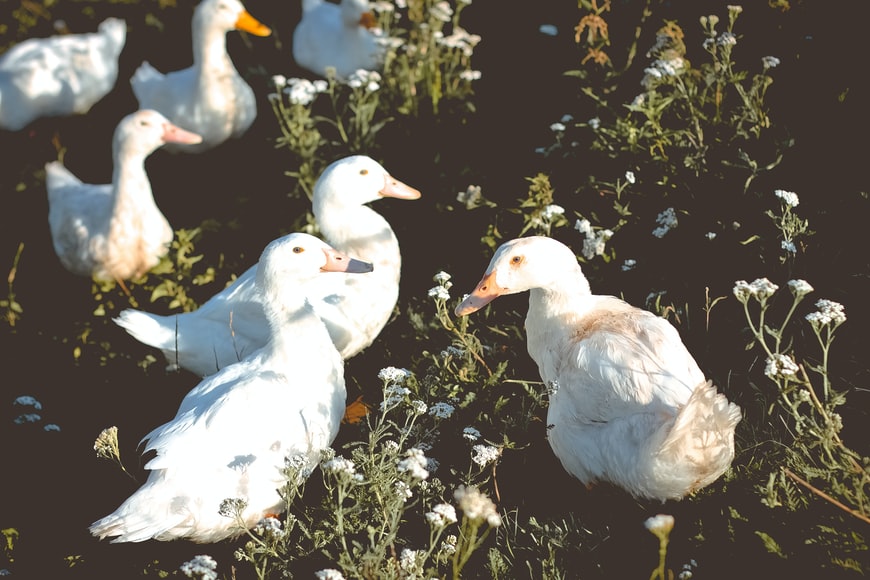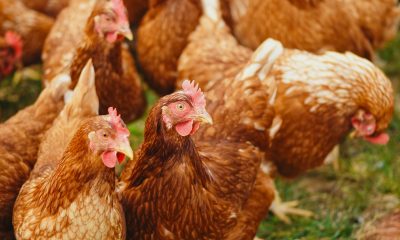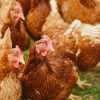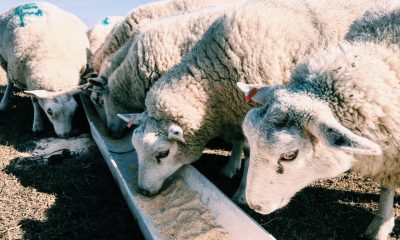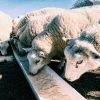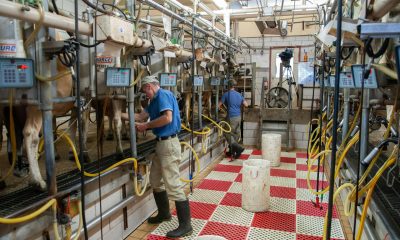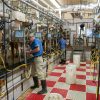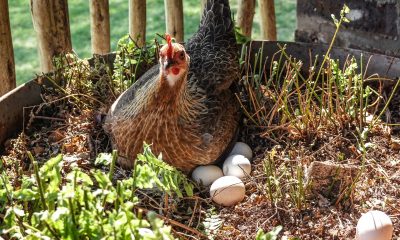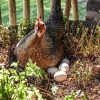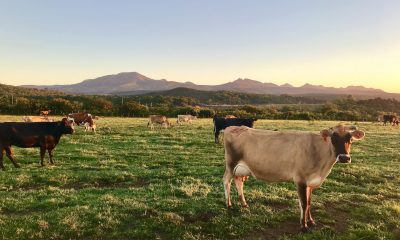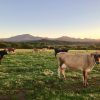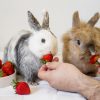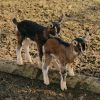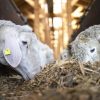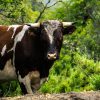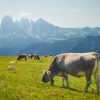Ducks are poultry
birds that lay eggs typically more than chickens. The layer ducks are provided
with nutrition in the form of mash, crumbles and pellets. During the first
eight weeks, they should always have access to food. After completing eight
weeks of growth, they are usually fed twice a day, in the morning and in the
evening.
A typical layer diet
includes essential nutrients like crude protein, riboflavin, niacin, and high
calcium levels. Regular chicken feed is also provided to the layers, however,
some feed ingredients such as groundnut meal can be toxic to the ducks which
will adversely affect their growth and development. And also, it is best
advisable to place a water source nearby all the time.
While layer chicken
hens are often provided with mash feeds, the most preferred feed for layer
ducks are pellets and crumbles.
Mash
Mash feed contains a
mix of grains or ground feeds with all the necessary vitamins and minerals
required for growth. It is made by grinding and mixing the essential grains
into correct proportions, essential to meet the nutritional requirements of the
animal/bird. The energy expenditure required to prepare the mash is low when
compared to pellets.
For up to three weeks,
Ducklings are provided with a mash feed containing about 20% protein and 2750
kcal/kg metabolizable energy. From the 4th to 8th week of age, mash feed with
18% protein and 2750 kcal/kg of metabolizable energy is fed.
This form of feed
often tends to clump more in the duck’s mouth and the duck might need to take
frequent trips to the water source nearby. This can also result in the wastage
of feed. So the mash diets are usually wetted with water before being provided
to the ducks.
Pellets
Pelleting is the most
common feed manufacturing operation. In this feed processing technique, the raw
materials are mixed in required amounts and turned into small rod-like
agglomerates called pellets. Finely ground mash is preconditioned with steam,
shaped into pellets and then cooled. Converting the ground mash into pellets is
facilitated with the help of a feed pellet machine.
Pellet feed offers
many benefits to the livestock. They are easier to handle and store, and also
the animals can consume them easily. As pellets are steam treated, harmful
microorganisms and potential pathogens that could have been in the mash are
killed, providing a clean and healthy feed. The birds that consume pellets need
lower maintenance energy requirements in eating and digestion when compared to
those fed with mash. Pellets also help in minimizing the wastage of feed given,
increasing feed intake and improving sanitary conditions.
For newly hatched
ducklings, the recommended diameter of pellets for their safe consumption is
below 3.18mm and length less than 7.9 mm. Pellets with diameters about 4.7 mm
and 1.7mm can be safely provided to the ducklings after two weeks of age.
Crumbles
Crumbles are obtained
when pellets are crushed into smaller parts. They are manufactured from whole
pellets by cracking or rolling them. These feed items appear coarser than the
mash, making a convenient option for a quick feed for the birds.
Crumbles are mostly
fed to the young ducklings. Their coarse texture makes it easy for the young
birds to feed on them. Ducks fed with crumbles and pellets tend to grow faster
and utilize their feed efficiently.
